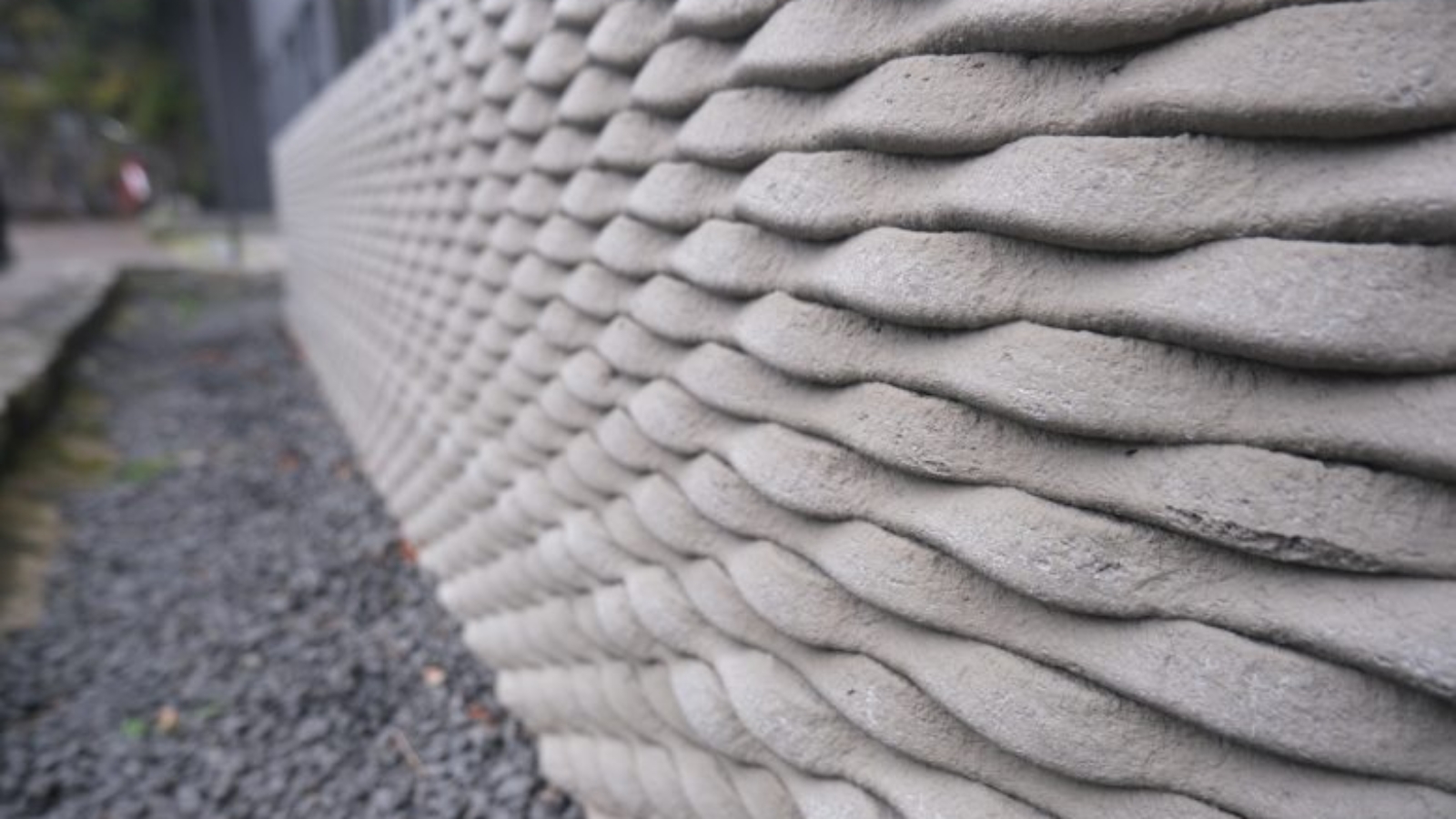The two leading standard issuing bodies, ISO and ASTM, already collaborate on the F42 set of standards for additive manufacturing. Now they are releasing the new ISO/ASTM 52939:2023 standard that specifies quality assurance requirements for additive construction (AC) concerning building and construction projects in which additive manufacturing techniques are used for construction.
The requirements are independent of the material(s) and process category used. In addition, this particular document only concerns cementitious and polymeric materials. It does not apply to metals.
This document specifies the criteria for additive construction processes, quality-relevant characteristics, and factors along AC system operations. It further specifies activities and sequences within an AC cell (additive construction site) and project.
The premise for the need for standards in 3D construction printing or additive construction (as ISO/ASTM defined it) is that the construction sector is increasingly facing challenges with respect to labour shortages, project delays, increased lead times, excessive material use, large amounts of waste and adverse CO2 footprint impacts.
Furthermore, from a market perspective, the global construction demand is increasing especially as the housing crisis continues and infrastructure projects (whether new or sustaining existing structures) are on the increase. Additive construction (AC) or 3D Construction Printing (3DCP) has made great strides. Printed elements could prove to be more durable, sustainable, eco-friendly, cheaper (en masse), and faster to deliver than conventional construction approaches. However, without AC standards, approval, certification, and risk mitigation are unattainable.
Manufacturing on Demand
The purpose of the ISO/ASTM 52939:2023 standard is to outline the requirements necessary as a basis for the production and delivery of high-quality additively manufactured structures (residential or infrastructure) in the construction sector.
Important steps of the AC process are specified. These steps will be controlled and monitored to ensure high quality printed structures for on-site or off-site use. This document is not intended to be technology- or material-specific, and therefore sub-processes are applicable depending on the approach used. However, it should be noted that printed element(s) should be approved by a locally certified engineer and adhere to both local and regional specifications and requirements.
Hence, the ISO/ASTM 52939:2023 standard applies to all additive manufacturing technologies in building and construction (load bearing and non-load bearing), structural and infrastructural building elements for residential and commercial applications. It follows an approach oriented to the process.
At this time, this document does not cover environmental, health and safety aspects that apply to printing facility setup, material handling, operating of robotic equipment, and packing of equipment and/or elements for shipping but material supplier guidelines, robotic solution operating guidelines, and local and regional requirements are applicable. It also does not cover design approvals, material properties characterization and testing.
You might also like:
ICON selected for DARPA’s LunA-10 lunar architecture study: DARPA, a division of the US Department of Defense founded in 1958, is one of history’s most storied research institutions. They are responsible for seeding many technologies we rely on daily – from GPS to the Internet to mRNA vaccines and military capabilities like stealth technology. The agency is known for developing breakthrough ideas that disrupt or massively accelerate technology roadmaps.
* This article is reprinted from 3D Printing Media Network. If you are involved in infringement, please contact us to delete it.
Author: Davide Sher



Leave A Comment